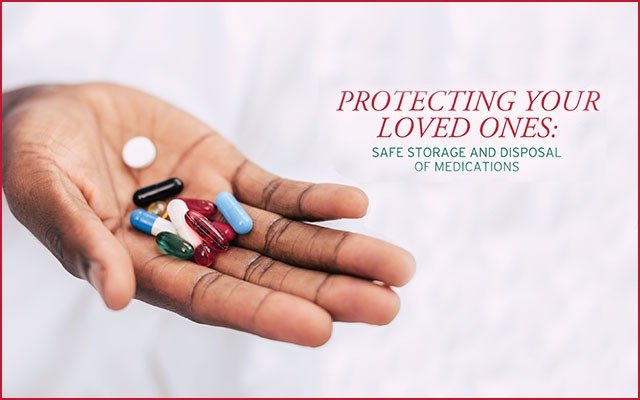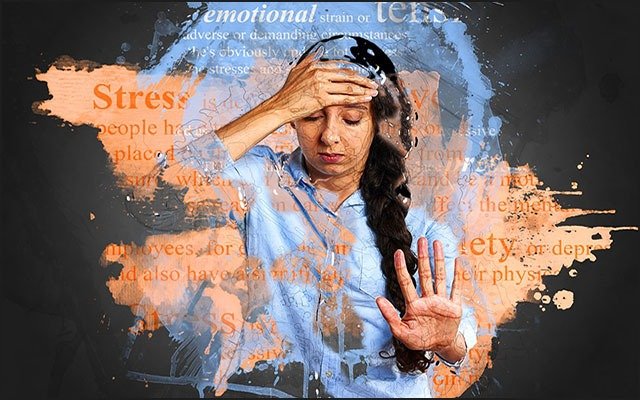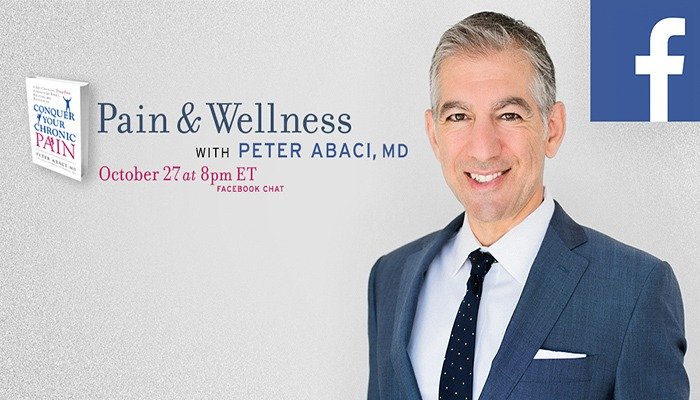Safe Storage and Disposal of Medications

In 2001, Deborah Simpson was in a car accident that left her in debilitating pain. In the years since she’s had more than 40 surgeries and experienced many complications along the way. After exploring many treatment options, her doctors prescribed opioids to help manage the pain.
The opioids didn’t help, and Simpson didn’t like the side effects, so she stopped taking them. When her son was 15, he discovered the leftover pills in her medicine cabinet and began experimenting.
“At first, there is utter shock,” says Simpson. “Every parent believes ‘Not my kid.’ But it is my kid, and it is your kid—or it could be.”
Simpson says that, for a long time, she didn’t realize anything was wrong. “We had no idea whatsoever because my son’s grades never changed, he was active in sports and I never even suspected that he was spending time at an addict’s house. We didn’t ever notice pills missing from my bottles.”
A growing problem
Fortunately, Steven is now in recovery, and his family found a way to turn their heartache into something positive: his older brother, Joseph, helped invent Safer Lock, a reusable prescription bottle cap that can only be opened by a four-digit code.
But the Simpsons’ story is not uncommon.
“Most people don’t realize that the vast majority of misused or abused medications come from medicine cabinets—more than 70 percent, according to the National Institute on Drug Abuse,” says Greg Stein, co-founder and chairman of the board for the Safe Homes Coalition. “They also may not realize that as a result of government efforts to limit access to these medications, the reduced supply created enormous street value for them.”
Preventing the diversion of medications, especially powerful drugs like opioids, requires vigilant storage and disposal by the patients who use them.
And it’s not just about reducing abuse. Keeping careful track of medications is also necessary to prevent unintentional poisoning or overdose among children and pets. Research from the Centers for Disease Control and Prevention found that, in 2017 alone, 70,000 children went to the emergency department due to accidental medication poisoning.
Safe Storage Tips and Technologies
Original containers, locks and more
For starters, experts recommend always keeping medications in their original containers. This will ensure that you and everyone else in your home knows what the medication is and it isn’t mistaken for something else. Keeping the original bottle, which lists the quantity and when it was last filled, also helps you keep track of whether pills are missing.
While prescription bottles are required to have childproof caps, that only helps prevent small children from accessing them. A number of safe medication storage options have come to the forefront in recent years to provide an extra level of security. In addition to Safer Lock, there are TimerCaps, which have a built-in stopwatch and reset to zero every time they are opened. There’s also Pill Pod, a lock box for storing multiple medications.
RELATED: Managing Medication – The Practice Advice You Need to Know
While these high-tech containers aren’t a panacea—they can be broken into if someone is determined enough—they do help act as a deterrent. Some states are investigating whether lockable or timed bottles should be required with prescriptions for high-risk medications, like opioids.
For now, whether or not you choose to purchase a special lock or timing device, the key is to keep medications, especially powerful or addictive ones, out of reach.
“These products may be great tools, but we suggest at the very least taking prescriptions out of the medicine cabinet, where drug seekers are likely to look, and placing them in a nondescript bag hidden from sight,” says Stein.
If you have small children in your family, always be sure to tightly secure caps, and avoid taking the medication in front of them, as children may want to mimic your behavior. Teach them about medication safety at an early age, and never tell them medication is candy or something else that might be appealing.
Methods for safe disposal
Extra medications may linger in a household for a number of reasons. Maybe you tried a medication that didn’t work and are saving it just in case, or perhaps you were overprescribed and didn’t need the full quantity. But letting prescription drugs linger puts you and your loved ones at risk, no matter how safely they are stored.
While there are a number of ways to properly dispose of unused or expired medications, some are safer than others. Throwing drugs into the toilet should be a last resort, as the drug’s active ingredients can find their way back into the water supply. Throwing medications away in the trash also has risks, as they can be fished out or end up in a landfill.
According to the US Food and Drug Administration (FDA), ideally, prescription drugs should be given to an authorized drug disposal program, often located at a hospital, pharmacy, or fire or police department. To find a secure disposal location near you, use the Drug Enforcement Administration (DEA) Diversion Control Division’s online tool at www.deadiversion.usdoj.gov/drug_disposal/index.html. The DEA also hosts two national drug take-back days each year.
A number of pharmacies offer take-back programs as well, including Walgreens and CVS. Walgreens allows medications to be dropped at secure kiosks, while CVS provides postage-paid envelopes for you to mail your prescription to a disposal facility.
If you can’t find a take-back location near you, the FDA recommends following these steps and throwing medications in the trash: first, remove the drugs from their original container and mix them with something undesirable, like dirt or coffee grounds. Next, put the mixture into something sealable, like a plastic bag or empty plastic container, so that they won’t leak out. Then, throw out the medication.
Partial fill options
There’s also a way to reduce the likelihood of having extra medications in the first place.
“In the past few years, we’ve seen both state and federal legislation and regulation that allows patients to request partial fills of their Schedule II prescriptions initially, while still maintaining the right to later fill the rest of the prescription if needed,” says Katie Duensing, JD, director of Legislative and Regulatory Affairs for the Academy of Integrative Pain Management. “This allows people with pain to have access to necessary medications, while also preventing an overabundant supply of unused medications that require safe disposal to avoid potential diversion or misuse.”
Finding a balance
Safe disposal and storage may seem insignificant, but they can help reduce abuse and accidental poisonings.
And, in an era where many people with pain feel that opioid prescribing reforms have gone too far, it’s a proactive step that doesn’t involve limiting access to pain management.
“We want to do whatever we can to reduce abuse and overdose, but we don’t want to restrict access to the point where people with pain can’t get proper pain management,” says Paul Gileno, president and founder of the U.S. Pain Foundation. “As an organization, we strongly support efforts to improve safe storage and disposal.”
Simpson agrees. “I think it is critical for the pain community and the addiction community to work hand in hand to tackle the opioid crisis. Chronic pain patients are not to blame for seeking effective pain management, but they need to be aware of the risks their medications might pose to someone else.”
U.S. PAIN FOUNDATION EXISTS TO HELP ALL THOSE STRUGGLING WITH INVISIBLE ILLNESSES AND PAIN FIND EFFECTIVE CARE. TO JOIN THESE EFFORTS OR LEARN MORE ABOUT WAYS TO COLLABORATE AS A WHOLE, VISIT USPAINFOUNDATION.ORG.
PainPathways Magazine
PainPathways is the first, only and ultimate pain magazine. First published in spring 2008, PainPathways is the culmination of the vision of Richard L. Rauck, MD, to provide a shared resource for people living with and caring for others in pain. This quarterly resource not only provides in-depth information on current treatments, therapies and research studies but also connects people who live with pain, both personally and professionally.
View All By PainPathways






